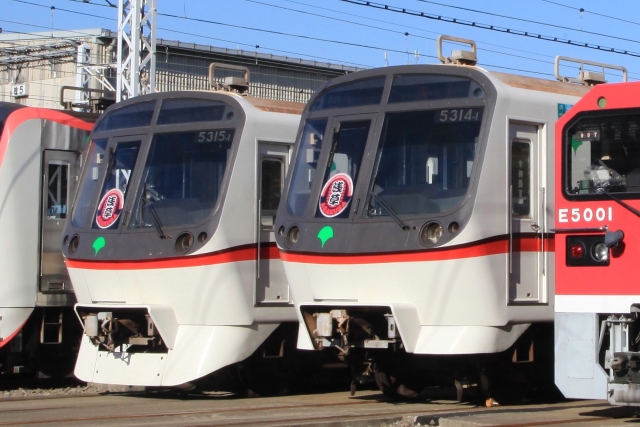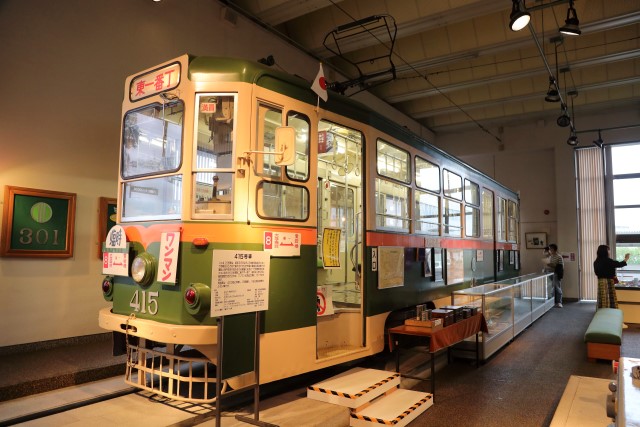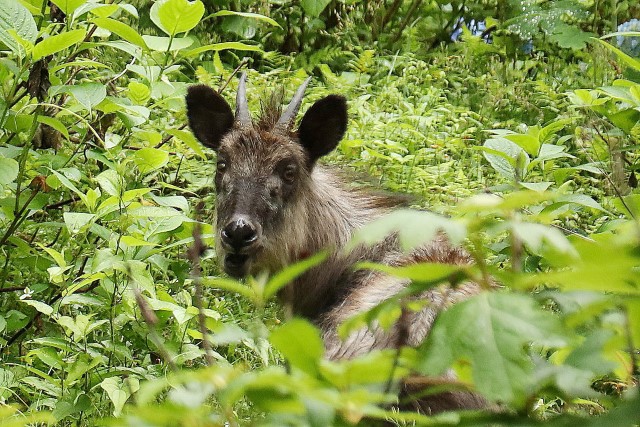I've received interesting pictures from an European rail-fan. It's a Swiss narrow-gauge (1,000-millimeter-wide gauge) train pulled by an electric locomotive with a livery of Hakone Tozan Railway. My thanks go to Nicolai Okkels, who kindly sent me the photographs.
Let me quickly review Hakone Tozan Railway. It's a dependable transporter that climbs up Hakone Volcano in the suburban area of Tokyo. Connecting Odawara and Gora, the route length is 15 kilometers. This railway was partially opened as Odawara Horse Tramway in 1888. After electrification in 1900, the entire route was opened in 1919. Engineers of Hakone Tozan Railway at that time learnt advanced technologies from Rhaetian Railway in Switzerland, so, these two companies established a sister railway relationship in 1979.
The top photo shows a train pulled by an electric locomotive (EL) unit 622 of the Rhaetian Railway Class Ge 4/4 II. A large logo of "Hakone Tozan Railway (in Japanese)" on the locomotive body catches passengers' eyes. The Class Ge 4/4 II is a Bo'-Bo' (UIC notation) type alternate current EL with a thyristor phase electric control system. It was built by Swiss Locomotive and Machine Works in 1984.
I'm fond of this vermillion-colored EL with a European taste. The large Z-shaped single-armed pantographs are exotic for Japanese rail-fans. It's also interesting that each EL has its own name and emblem on the front. The name of the unit 622 is Arosa, which is a resort town in the eastern part of Switzerland.



















